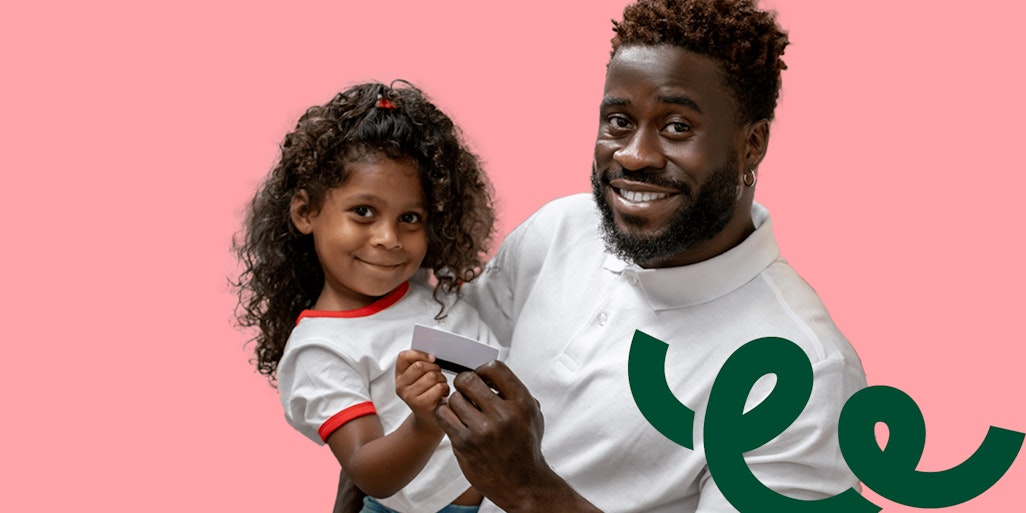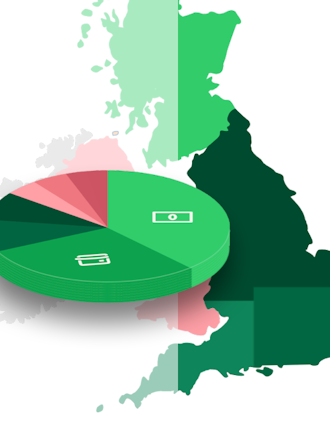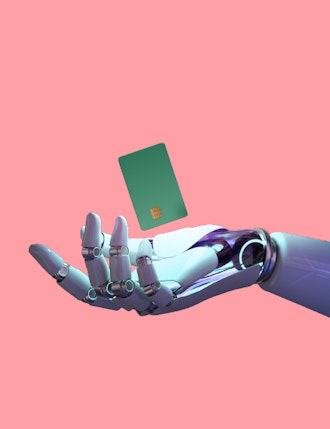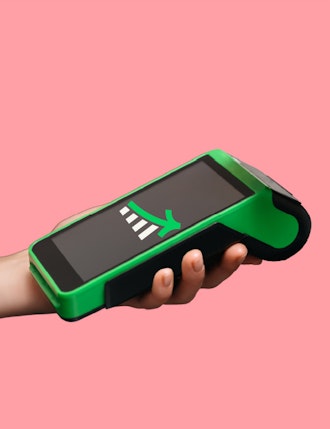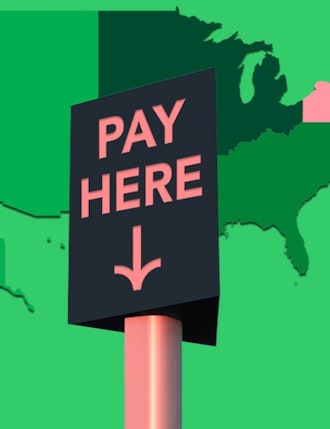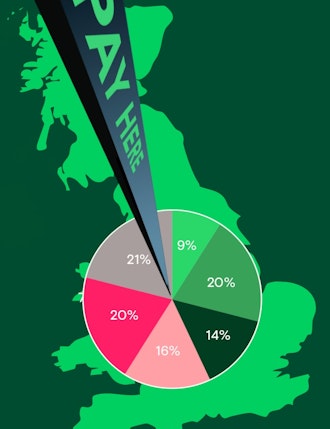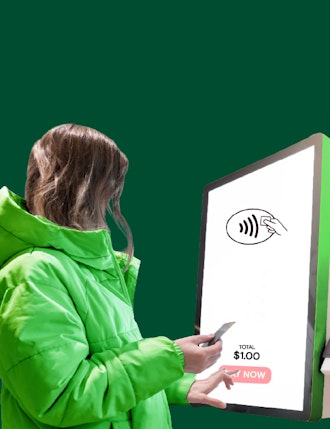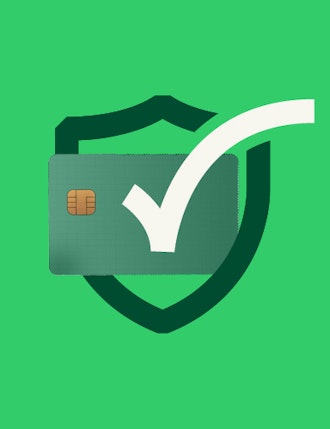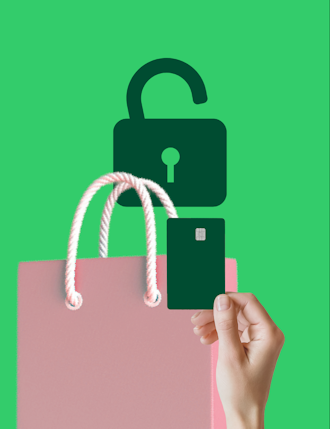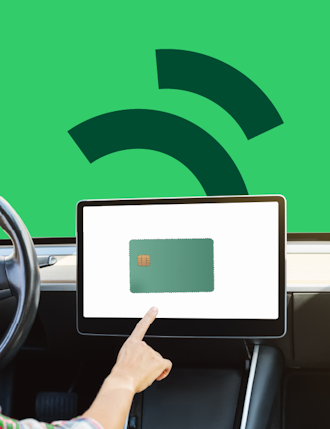Payments is an area of financial services that has seen explosive growth over the past few years. What do payments look like today, for each generation? What are the differences in their payment’s preferences?
Are technological advancements transcending across generations or are they just fleeting movements for a particular age group? After the popularity of our previous post, ‘How Gen Z are shaping the future of payments’, we decided to take a deeper dive into this area.
Read on to find out more.
Payment trends across generations
The Generation Pay report from Worldpay surveyed 4000 consumers from across age groups. Its findings show up some interesting trends that can be seen in how different generations like to pay, and which payment trends they are likely to get behind.
Gen Z
Surprisingly, Gen Z had the largest number of respondents who hadn’t yet shopped on social media but were open to the possibility. Support for Buy Now, Pay Later (BNPL) for Gen Z was moderately behind that of Millennials but ahead of Boomers+. For in-car payment integration and payment via smart devices, interest was two to four times higher among younger generations. Checkout-free technology and biometric authentication were the most broadly appealing across all generations. Interest in these technologies was fast-tracked due to the pandemic which saw people looking for more contact free ways to pay.
Gen Z aren’t just mobile first, they are mobile only. They have grown up in a world where a wealth of data is immediately available to them. They are tech savvy as well as environmentally conscious. Sustainability is incredibly important to Gen Z. For example, when choosing a bank, they’ll be interested in offerings such as eco-friendly payment cards or carbon calculators. For example, the Mastercard carbon calculator allows customers to view the estimated carbon footprint of all their purchases. Value adds like this are extremely important to eco-conscious buyers. Banks will likely continue to adopt more sustainable practices to attract and retain eco conscious next generation customers.
Millennials
Millennials are more interested in the ability to pay using biometric authentication than any other generation. They are the most likely to shop on social media. Millennials used the broadest range of alternate payment experiences over the last year and were the group most likely to continue using them in the next 12 months. They were also the most likely to be interested in cryptocurrency. Support for BNPL was strongest among Millennials, especially for purchases between $250 and $1,000. Millennials were the most optimistic about future payment technology.
Millennials were the first generation to have smartphones from a young age. As time has gone on, they have witnessed their phone turn from technology to call someone, to technology that does pretty much everything for them. They can instantly pay for things, but they can also generate postage labels or book on for their next gym class. These actions take mere seconds to complete.
Gen X
Gen X were far more sceptical about paying via subscription or by voice than Gen Z and Millennials. Surprisingly they were more open to the idea of BNPL than millennials.
Baby Boomers
The Boomers+ age group used the least alternate payment experiences in general but were the most optimistic about using reward points to pay in the coming year. Baby Boomers might redeem their credit card rewards points to pay for purchases, rather than using cash or cards. Boomers+ were also far more sceptical about paying via subscription or by voice. In the U.S., less than 1% of Boomers+ respondents had used a voice payment, compared to the 15% of Gen Z who had. BNPL had the lowest amount of support from Boomers+.
Which generation am I?
Generation Alpha
This is the latest generational cohort and were born from the early 2010s up to the early 2020’s. Generation Alpha is the first to be born entirely in the 21st century. Since Generation Alpha is still very young and has yet to enter the workforce or start actively participating in the economy, it is not relevant to focus on their payment preferences yet. However, advances in technology and changing societal norms around money might shape their future behaviour. For example, growing up with mobile devices and virtual assistants like Alexa might make them more comfortable with digital payments and voice-enabled transactions.
Generation Z
This is the generation after millennials. Researchers and popular media use the mid-to-late 1990s as starting birth years and the early 2010s as ending birth years. The gen Z age range is today from 11- 26. Gen Z is more likely to use mobile payments and be interested in new payment technologies. For example, they have grown up in an era of high-speed internet and ubiquitous mobile devices, and they are generally more comfortable integrating technology into their daily lives. Additionally, because they are a relatively young generation and many of them are still in school or early in their careers, they may not have as much access to credit cards or traditional banking services. This might prompt them to seek out alternative payment methods that are more accessible, such as mobile payment apps and BNPL services.
Millennial
The millennials age group were born in the early 1980’s up to the mid 1990’s. So, who are millennials? Millennials have been described as the first global generation and the first generation that grew up in the Internet age. The generation is generally marked by elevated usage of and familiarity with the Internet, mobile devices, and social media, which is why they are sometimes termed digital natives. (Wikipedia page on Milliennials). Growing up with the internet and social media has likely influenced millennials payment preferences. For example, they are more likely to be comfortable sharing personal information online and using new digital tools. Additionally, Millennials came of age during the 2008 financial crisis, which may have made them more cautious about taking on debt and looking for alternative payment models. In contrast to earlier generations that preferred to pay off their credit card balances in full, Millennials have been more likely to carry balances and seek out strategies like BNPL to manage their finances.
Generation X
Generation X is the demographic group after the baby boomers and preceding the millennials. They are typically understood to have been born between the mid-to-late 1960s and the late 1970s to early 1980s. Gen X payment preferences have evolved over time. For example, they came of age during a period of rapid technological change, which saw the introduction of ATMs, credit cards, and online banking. However, they also experienced challenges such as the savings and loan crisis of the 1980s and the dot-com bust of the early 2000s, which may have made them more risk-averse and less likely to embrace new payment technologies.
Baby boomers
Boomers are a group that starts in 1946 when the birth rate rose rapidly post WW2 and ends with those born around 1964, when the birth-rate began to decline again. The post-World War II economic boom and changing social norms may have shaped Boomers payment behaviours. Coming of age during a time of relative prosperity, many Boomers became accustomed to using credit cards and taking on debt. Additionally, social norms around money and savings have shifted over time; while earlier generations placed a high value on saving and frugality, Boomers may have grown up with different expectations around consumer spending and accumulating debt.
Interested in reading more around this subject? Here are some useful articles…
